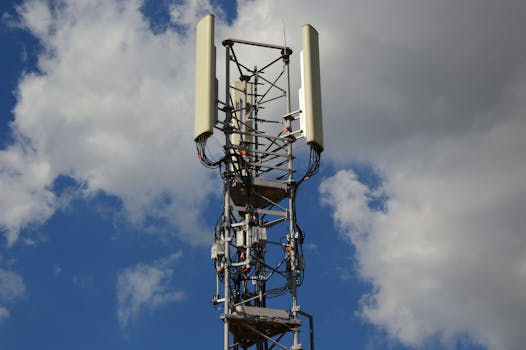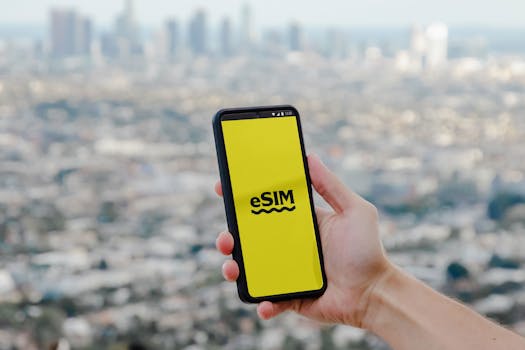
Comparative Analysis of 4G vs 5G Performance Metrics: Understanding the Future of Mobile Networks
Comparative Analysis of 4G vs 5G performance metrics is a crucial aspect of understanding the future of mobile networks. With the increasing demand for faster and more reliable mobile connectivity, the transition from 4G to 5G has gained significant attention in recent years. In this article, we will delve into the key performance metrics of both 4G and 5G networks, comparing their capabilities and highlighting the advantages of each technology.
Introduction to 4G and 5G Networks

4G, or Fourth Generation, networks were first introduced in the late 2000s, offering significant improvements over their 3G predecessors. 4G networks provide mobile broadband access, enabling users to access high-speed internet, stream video content, and engage in online activities on-the-go. The most common 4G technologies are LTE (Long-Term Evolution) and WiMAX (Worldwide Interoperability for Microwave Access).
5G, or Fifth Generation, networks, on the other hand, are the latest iteration of mobile network technology. Designed to provide even faster data speeds, lower latency, and greater connectivity, 5G networks are poised to revolutionize the way we interact with mobile devices. 5G technology is built on a new radio access technology, known as New Radio (NR), which offers improved spectral efficiency, higher capacity, and reduced latency compared to 4G.
Comparative Analysis of 4G vs 5G Performance Metrics

When comparing the performance metrics of 4G and 5G networks, several key factors come into play. These include data speed, latency, capacity, and coverage. In terms of data speed, 5G networks offer significantly faster download and upload speeds compared to 4G. While 4G networks typically offer peak download speeds of up to 100 Mbps, 5G networks can achieve speeds of up to 20 Gbps. This represents a substantial improvement, enabling users to stream high-definition video content, engage in online gaming, and access cloud-based services with greater ease.
Latency is another critical performance metric, referring to the time it takes for data to travel from the user’s device to the network and back. 5G networks boast significantly lower latency compared to 4G, with average latency rates of around 1 ms compared to 4G’s 50 ms. This reduction in latency enables more responsive and interactive mobile experiences, such as virtual and augmented reality applications.
Capacity is also an essential consideration when evaluating the performance of 4G and 5G networks. As the number of mobile devices and data-intensive applications continues to grow, networks must be able to handle increased traffic and demand. 5G networks are designed to provide greater capacity and scalability, supporting a vast number of devices and applications with minimal impact on performance.
Real-World Applications and Future Developments

The comparative analysis of 4G vs 5G performance metrics has significant implications for real-world applications and future developments. With the advent of 5G, we can expect to see increased adoption of IoT (Internet of Things) devices, smart cities, and immersive technologies such as VR and AR. The enhanced performance and capabilities of 5G networks will enable these applications to function more efficiently and effectively, driving innovation and economic growth.
In conclusion, the comparative analysis of 4G vs 5G performance metrics highlights the significant advantages of 5G technology. With its faster data speeds, lower latency, and greater capacity, 5G is poised to revolutionize the mobile networking landscape. As the adoption of 5G continues to grow, we can expect to see new and innovative applications emerge, driving us towards a more connected and immersive future.



